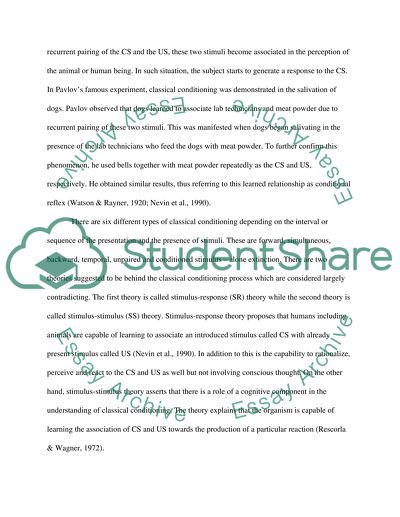Cite this document
(“People, Organizations and Society Essay Example | Topics and Well Written Essays - 1500 words”, n.d.)
Retrieved from https://studentshare.org/sociology/1530210-people-organizations-and-society
Retrieved from https://studentshare.org/sociology/1530210-people-organizations-and-society
(People, Organizations and Society Essay Example | Topics and Well Written Essays - 1500 Words)
https://studentshare.org/sociology/1530210-people-organizations-and-society.
https://studentshare.org/sociology/1530210-people-organizations-and-society.
“People, Organizations and Society Essay Example | Topics and Well Written Essays - 1500 Words”, n.d. https://studentshare.org/sociology/1530210-people-organizations-and-society.


